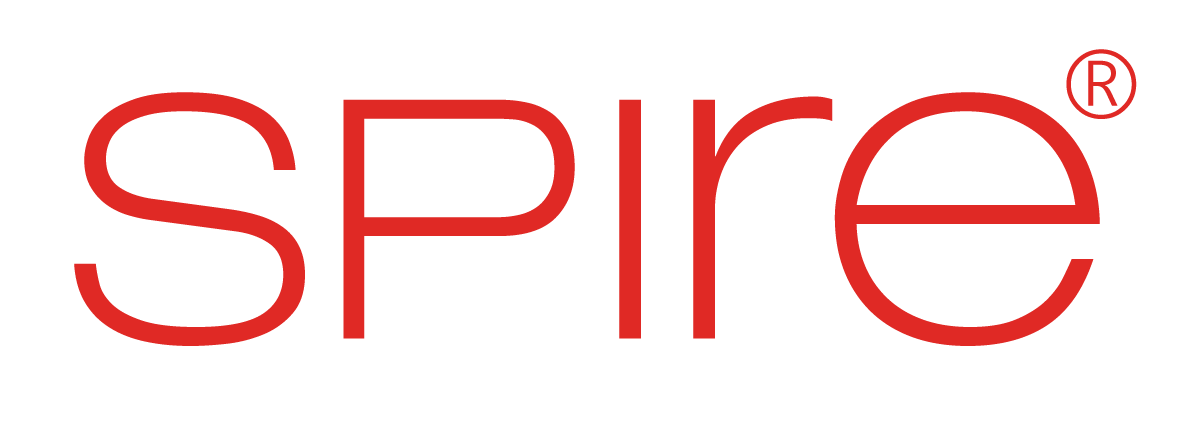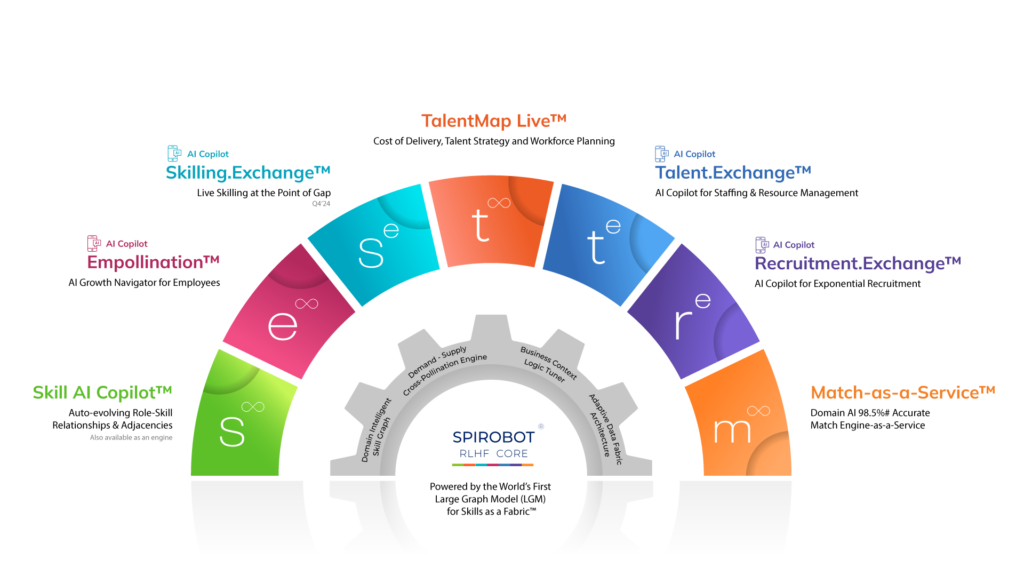The relentless pace of technological advancement, globalization, and industry shifts has created a critical challenge for organizations: skill gaps.
What is a Skill Gap?
In its simplest form, a skill gap refers to the disparity between the skills an employer expects their employees to possess and their current skills. This mismatch can hinder productivity, stifle innovation, and ultimately impede an organization’s ability to compete in the marketplace.
A skill gap refers to the disparity between the skills an employer expects their employees to possess and their current skills.
Why is Understanding Skill Gaps Important?
Understanding and addressing skill gaps is paramount for organizational success and competitiveness. It’s more than just a matter of efficiency; it’s a strategic imperative.
Here’s why:
- Financial Impact: Skill gaps can lead to significant financial losses. Inefficiencies, errors due to lack of expertise, and the high recruitment and training costs to fill vacancies all contribute to the bottom line.
- Productivity and Quality: Employees with the right skills are more productive, make fewer errors, and deliver higher-quality output. A skill gap can hinder these factors, leading to lower overall performance.
- Customer Satisfaction: Skill gaps can negatively impact customer satisfaction. Employees lacking the skills to address customer needs or provide excellent service to maintain the company’s reputation.
- Innovation and Growth: A skilled workforce drives innovation and seizes new opportunities. Skill gaps can stifle creativity and hinder the ability to adapt to changing market conditions.
- Employee Morale and Retention: When employees feel underqualified or unable to grow professionally, it can lead to decreased job satisfaction and increased turnover. Investing in skill development can boost morale and retention rates.
- Risk Management: Skill gaps can expose an organization to various risks, such as cybersecurity breaches, operational failures, or compliance issues. A skilled workforce is better equipped to identify and mitigate these risks and avoid business disruptions due to skill gaps.
By proactively identifying and addressing skill gaps, organizations can improve their bottom line, enhance their reputation, and build a future-ready workforce.
Examples of Skill Gaps in the Workplace
Skill gaps can manifest in various ways across different industries and roles. Here are some common examples:
- Technical Skills Gap: The rapid advancement of technology often leaves employees’ technical skill sets outdated. For example, a marketing team might lack expertise in a specific social media platform, or a manufacturing worker might not be familiar with new automation tools.
- Soft Skills Gap: While technical skills are essential, soft skills like communication, collaboration, critical thinking, and problem-solving are equally crucial. A gap in these areas can hinder teamwork and overall project success.
- Emerging Skill Gap: New skills become necessary as new trends and industries emerge. For instance, an organization might lack the expertise required to capitalize on data analytics, artificial intelligence, or cybersecurity.
Turning Skill Gaps into Opportunities: Continuous Learning and Development
Instead of viewing skill gaps as a hindrance, organizations can transform them into a catalyst for growth and innovation. A strategic approach to learning and development is crucial to bridging these gaps and unlocking new potential.
How to Turn Skill Gaps into Opportunities
1. Cultivate a Learning Culture
2. Strategic Skill Development
3. Measuring and Evaluating Impact
Cultivate a Learning Culture
A culture that prioritizes learning and development is essential for closing skill gaps. Organizations should foster an environment where employees feel encouraged, supported, and empowered to acquire new skills. This can be achieved through:
- Leadership Buy-in: Demonstrating top-level commitment to learning and development is crucial in creating a culture of continuous improvement.
- Accessible Learning Resources: Providing employees with a variety of learning resources, such as online courses, workshops, and mentorship programs, ensures that everyone has opportunities to grow.
- Performance-Driven Learning: Aligning learning initiatives with business objectives ensures that skill development directly contributes to organizational goals.
- Recognition and Rewards: Acknowledging and rewarding employees for their learning achievements reinforces the importance of continuous improvement.
Strategic Skill Development
Organizations need a strategic approach to upskilling and reskilling their workforce to address skill gaps effectively. Key components include:
- Skill Gap Analysis: Regular assessments to identify skill deficiencies across the organization are essential for targeted development initiatives.
- Personalized Learning Paths: Creating customized learning plans based on individual employee goals and career aspirations maximizes the impact of training efforts.
- Mentorship and Coaching: Providing opportunities for employees to learn from experienced colleagues accelerates skill development and knowledge transfer.
- External Partnerships: Collaborating with educational institutions, industry associations, and other organizations can expand access to specialized training and expertise.
Measuring and Evaluating Impact
Organizations must track and measure their outcomes to ensure that learning and development initiatives are effective. Key metrics include:
- Skill Acquisition: Assessing whether employees have acquired the targeted skills.
- Performance Improvement: Measuring the impact of skill development on employee performance and productivity.
- Return on Investment (ROI): Calculating the financial benefits of training programs to justify investments in learning and development.
Implementing these strategies can effectively bridge skill gaps, enhance employee capabilities, and create a more agile and competitive workforce.
Spire.AI: A Powerful Tool for Managing Skill Gaps
In today’s dynamic business landscape, staying ahead of the curve in skills management is critical. Here’s how Spire.AI can be your valuable partner for bridging skill gaps at scale.
How Does Spire.AI Help Managing Skill Gaps
Auto-Evolving Role-Skill Framework
Automatic Skill Profile Generation
Personalized Learning Recommendations
- Auto-Evolving Role-Skill Framework: Spire.AI utilizes an intelligent Large Graph Model (LGM) to develop a comprehensive framework that defines the complex skill mixes and skill requirements for every role in your organization. This framework adapts automatically to changing market needs and keeps your skills data up-to-date
- Automatic Skill Profile Generation: Spire.AI gathers data from various sources to create accurate skill profiles for approximately 83% of your employees, minimizing manual input. This allows for efficient identification of individual skill gaps and strengths.
- Personalized Learning Recommendations: Spire.AI recommends precise upskilling and reskilling options for each employee based on employee aspirations and the organization’s future goals. This customized approach optimizes learning and development initiatives. Skilling at the point of gap enables closing these skill gaps effectively.
By leveraging Spire.AI and embracing a continuous learning culture, you can transform skill gaps into opportunities to develop a highly-skilled, adaptable workforce—an essential ingredient for sustainable competitive advantage.
Embrace the Challenge, Empower Your Workforce
Skill gaps are a reality in today’s ever-evolving business environment. But with the right approach, they can be transformed into opportunities for growth and success. By investing in continuous learning and development, organizations can empower their workforce to bridge the gap and remain at the forefront of innovation. Remember, “The only skill guaranteed to become obsolete is the skill of refusing to learn.” – Peter Drucker. Start fostering a learning culture today and turn your skill gaps into your most significant competitive edge.
Frequently Asked Questions
What is a skills gap example?
A skills gap example is when a company needs data analysts with Python programming skills but has difficulty finding candidates with this specific combination of skills.
What does a skills gap mean?
A skills gap means the disparity between the skills an employer expects their employees to possess and their current skills.






